Lotus Emira Turbo SE Review: Good, But You’ll Still Want The V6
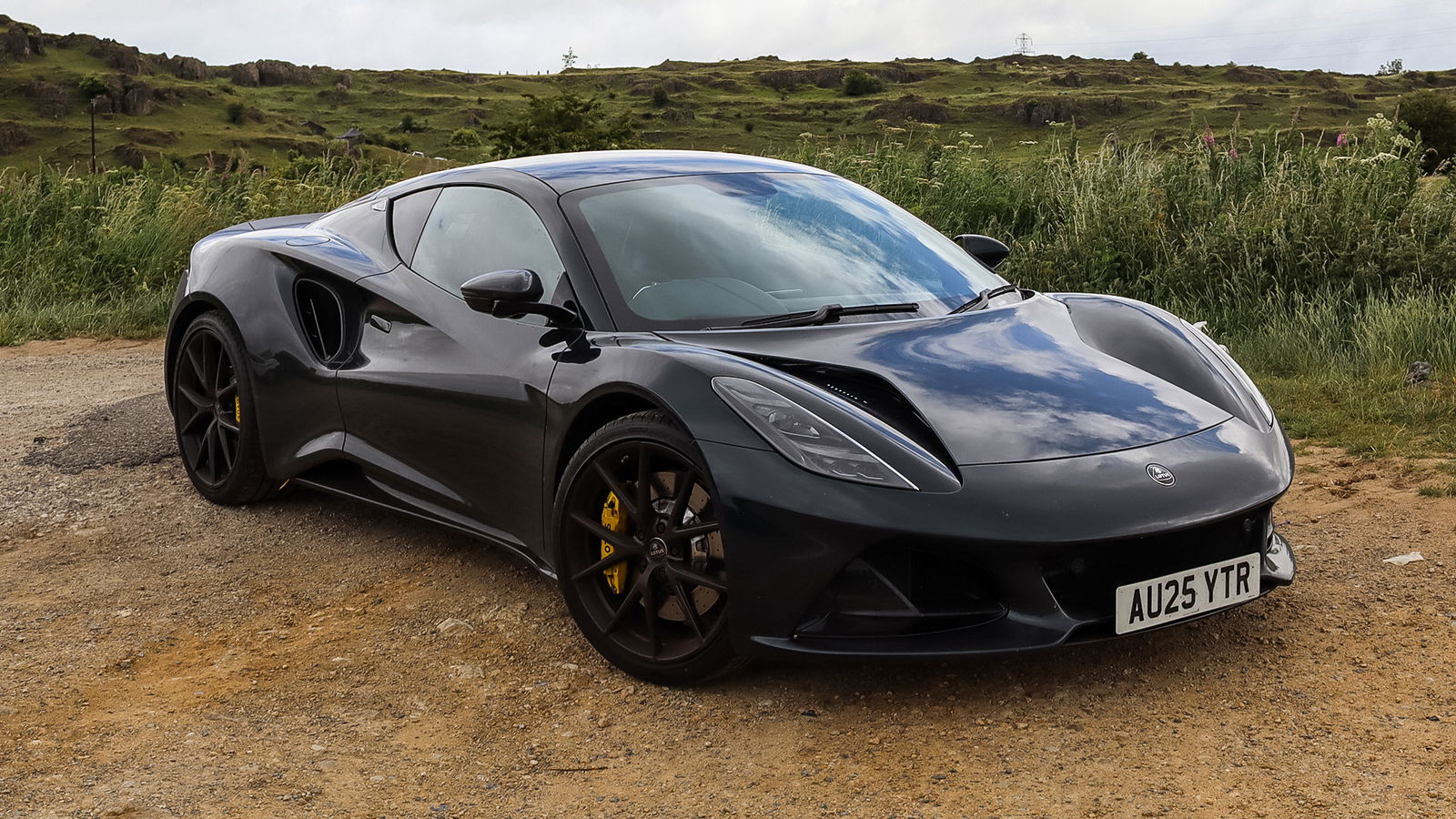
Pros
- Superb chassis and steeringRoomy, high-quality interior
Cons
- Underwhelming engineSluggish gearbox
A sports car offering multiple engine choices is nothing new. But a sports car offering two entirely different engine configurations, from different suppliers, and yet with near-identical figures and performance? That’s a weird one, but it’s what we’ve got with the Lotus Emira Turbo SE.
When a 2.0-litre turbocharged Mercedes-AMG four-cylinder first joined the Emira range, its place was obvious. It had 360bhp, slotting it neatly below the range-topper with its 400bhp, 3.5-litre supercharged Toyota V6.
The Turbo SE, though, turns up that four-cylinder’s output to… 400bhp. Exactly the same as the V6, and there’s more. It’s torquier (354lb ft vs 317), marginally lighter (1446kg DIN vs 1458) and uses a snappier eight-speed dual-clutch gearbox where the V6 gets a six-speed manual or torque converter auto. The result is that a Turbo SE takes a quoted 4.0 seconds to hit 62mph versus a manual V6’s 4.3, and its 181mph top speed bests its six-pot sibling by 1mph.
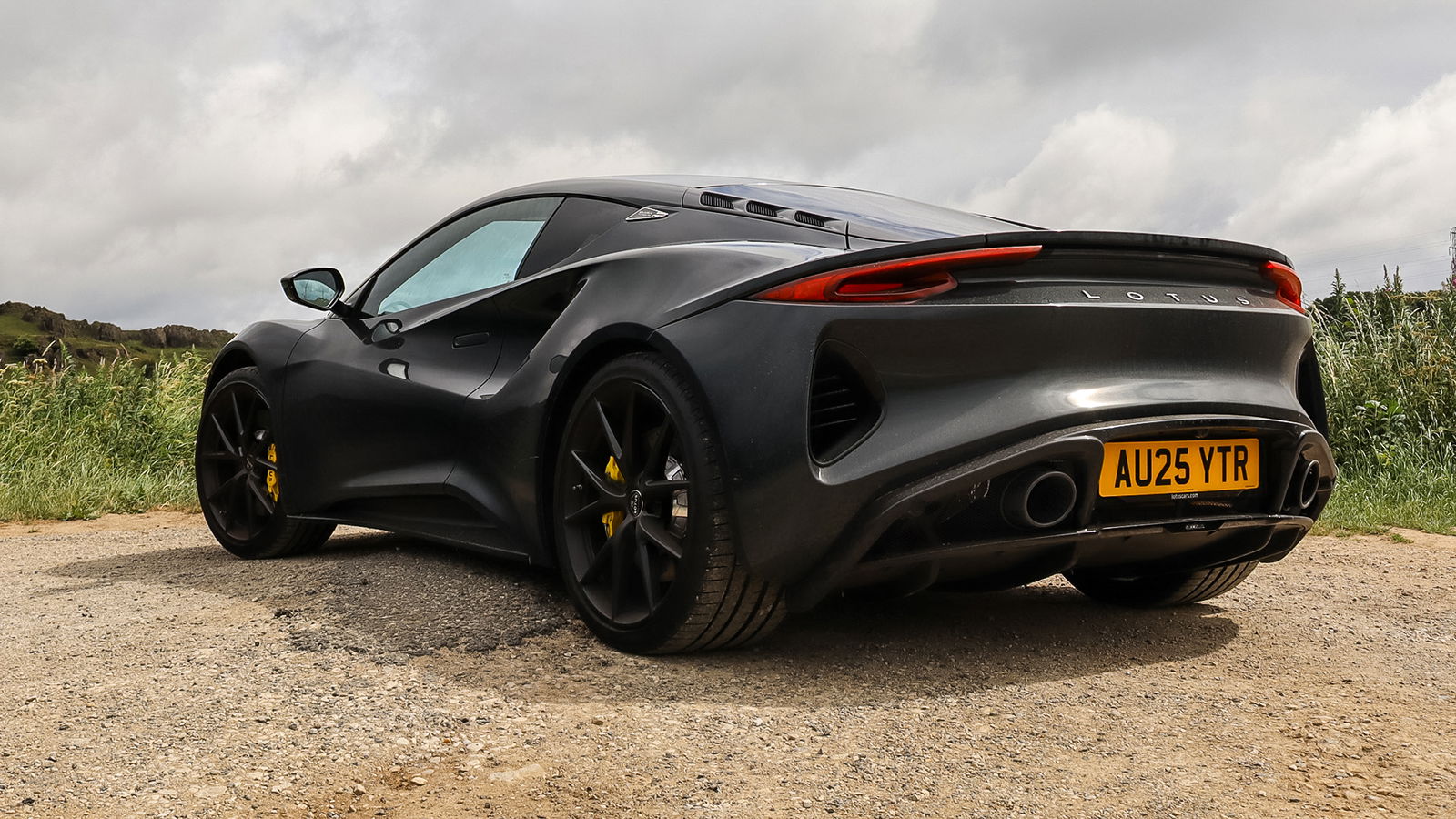
It’s cheaper, too. The Turbo SE starts at £89,500, £3000 less than an V6 was (we say ‘was’ because at the time of writing in July 2025, the V6 isn’t listed on Lotus’ site, although a V6 SE, with more standard kit but no more power, is on the way. Confusing, we know).
So, what gives? The Turbo SE’s cheaper to buy and run than the V6, and quicker too. Objectively, you’d have no reason whatsoever to go for the bigger-engined car. Sports cars, though, aren’t about the objective, and it’s in matters of the heart where the Turbo SE’s case begins to fall apart fairly quickly.
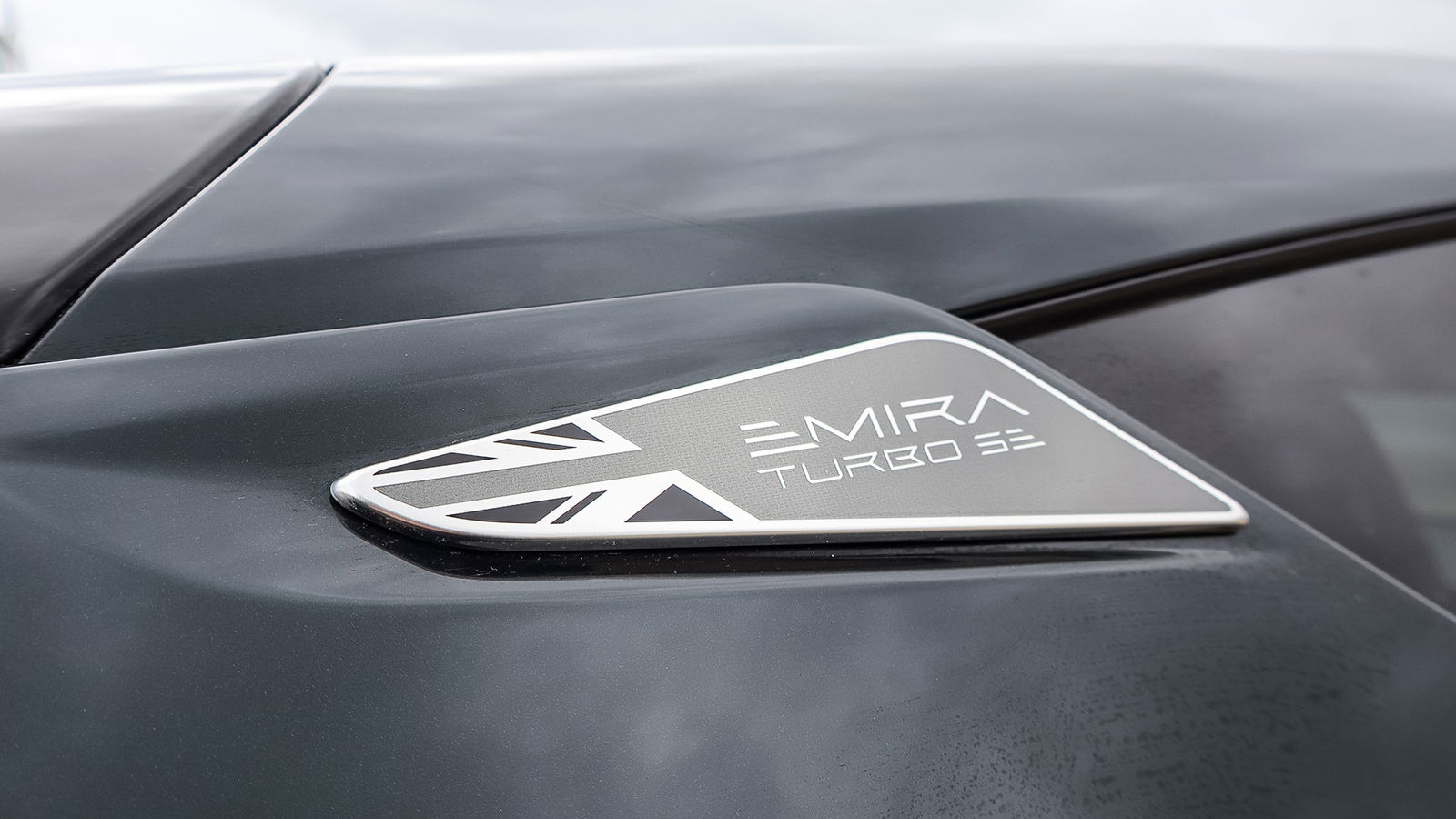
That engine, for a start. Functionally, it’s fine. It’s powerful and torquey, although it delivers that power and torque with a healthy slug of old-school turbo lag, and it’ll do an indicated 35mpg without you even trying. I’m sure, too, that when it’s buried beneath several layers of soundproofing in the nose of a Mercedes-AMG A45, it’s a perfectly pleasant thing to listen to. But as the beating heart of a mid-engined sports car, its shortfalls soon become apparent.
The noise is pretty emotionless, more like the sound of 19th century Manchester than a sports car. It's all industrial grumbles, chunters and chuffs, underscored by a near-constant turbo whistle. Only when you really get it up towards the top of the rev range does a bit of raspy character make itself known.
Not helping the powertrain’s case is the sometimes mighty lag between throttle input and engine output – an irritatingly common trait in modern cars, but harder to forgive in a sports car.
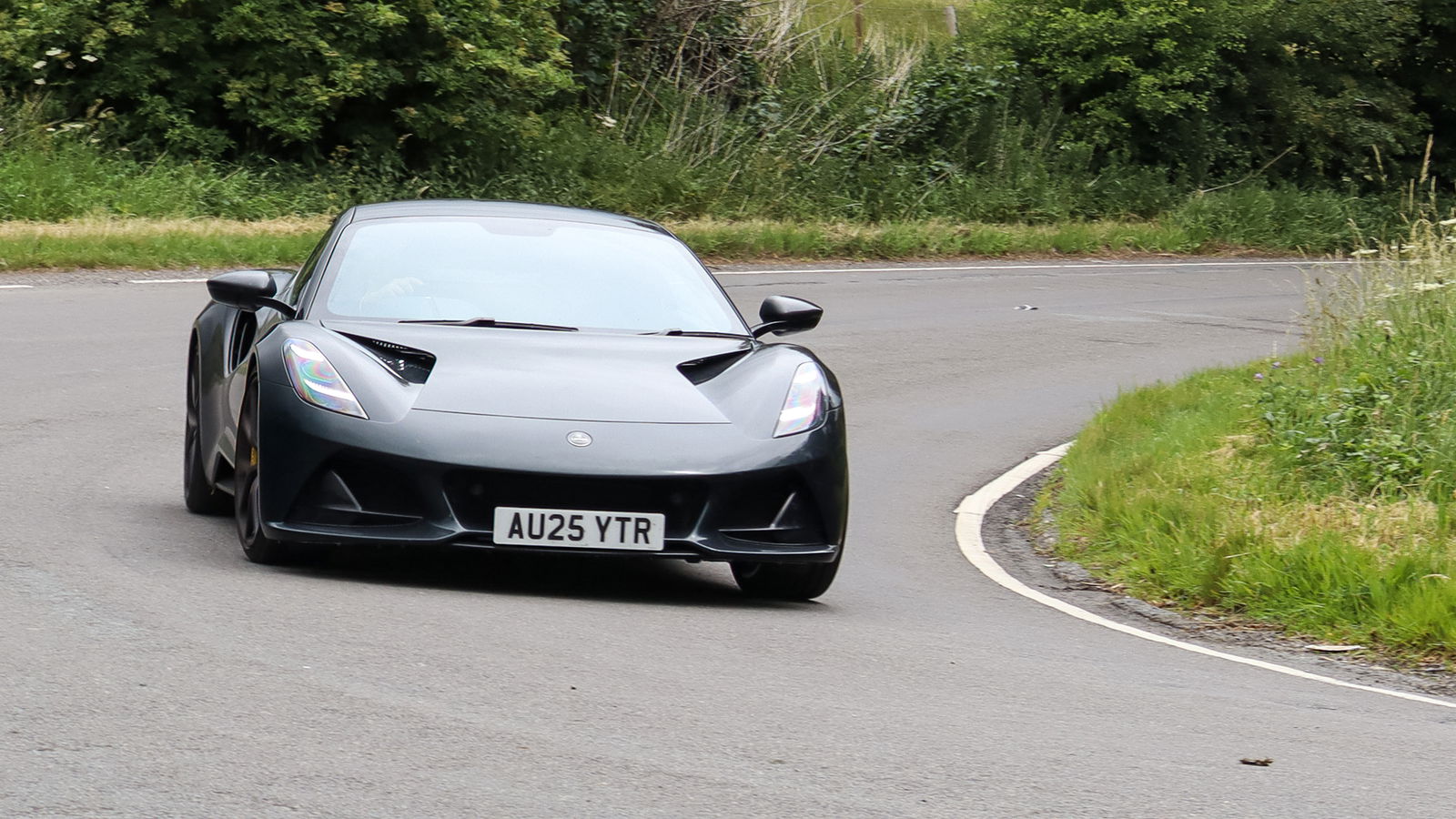
The eight-speed dual-clutch gearbox doesn’t cover itself in glory, either – left alone, the changes can be slurry and it’ll refuse to upshift when you want it to, leaving you cruising along two or three gears lower than you want to be.
You have two ways of taking control yourself – a strange side-to-side action on the gear selector, or via two lovely-feeling, if slightly undersized metal paddles. Using one of these methods is a must if you’re trying to get the best out of the gearbox, but even then, it can be slow to react to your inputs.
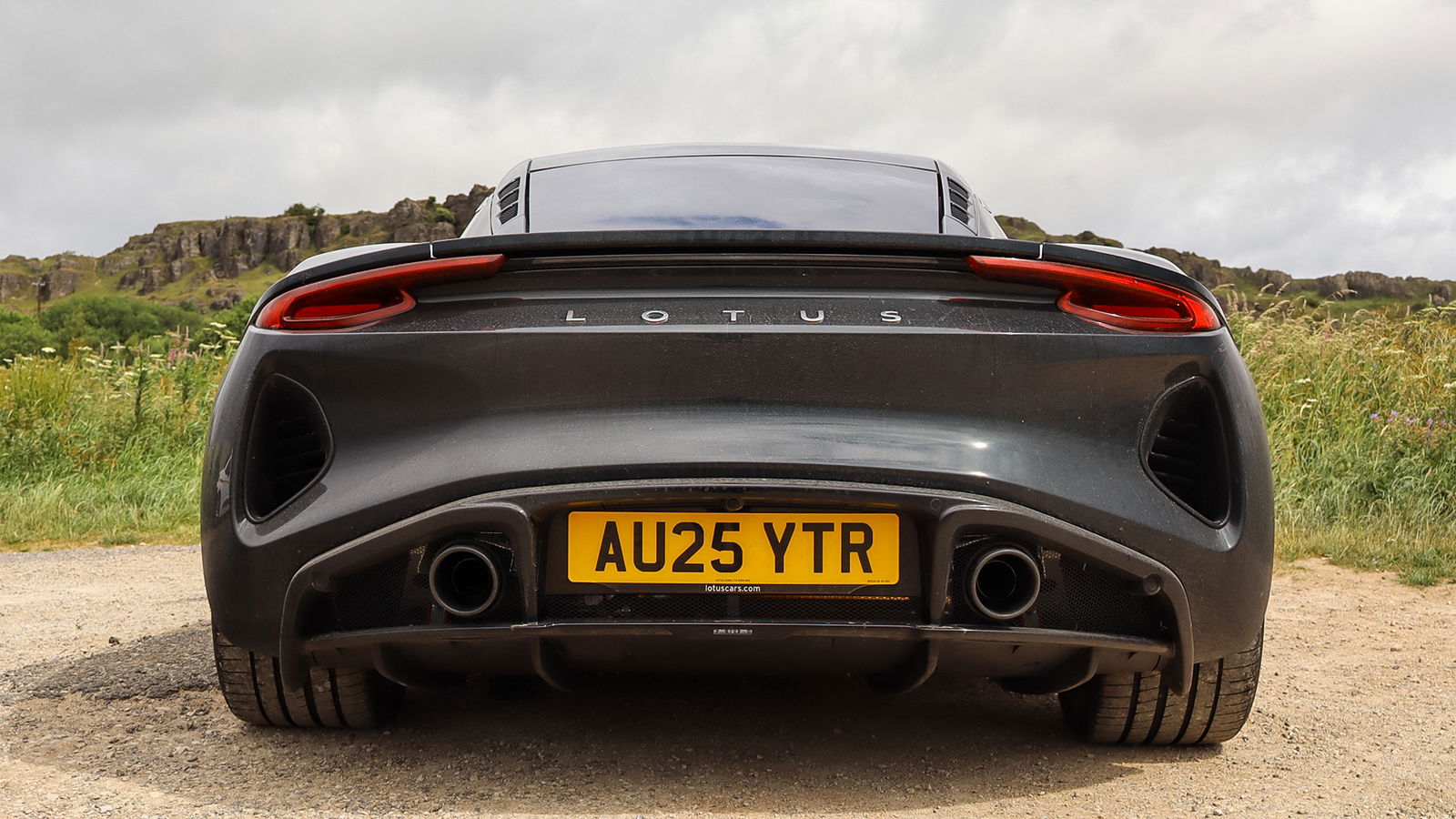
It’s a real shame this underwhelming powertrain hangs over the Turbo SE, because the rest of the car is really rather good. ‘SE’ in Lotus parlance stands for ‘Special Equipment’, and here, that means the Lotus Driver’s Pack is thrown in for free. That brings Sports suspension (although you can opt for it with the slacker Tour suspension for free, too), cross-drilled and vented brake discs, and launch control.
That suspension is pretty old-school, with passive, non-adjustable dampers, but it does a heck of a good job of keeping the car composed over bumps and compressions, and flat under hard cornering. A word of caution before you commit to the Sports dampers, though: they can make the car punishingly firm. Unless you’re regularly tracking your Emira, you’re better off with the Tour setup.
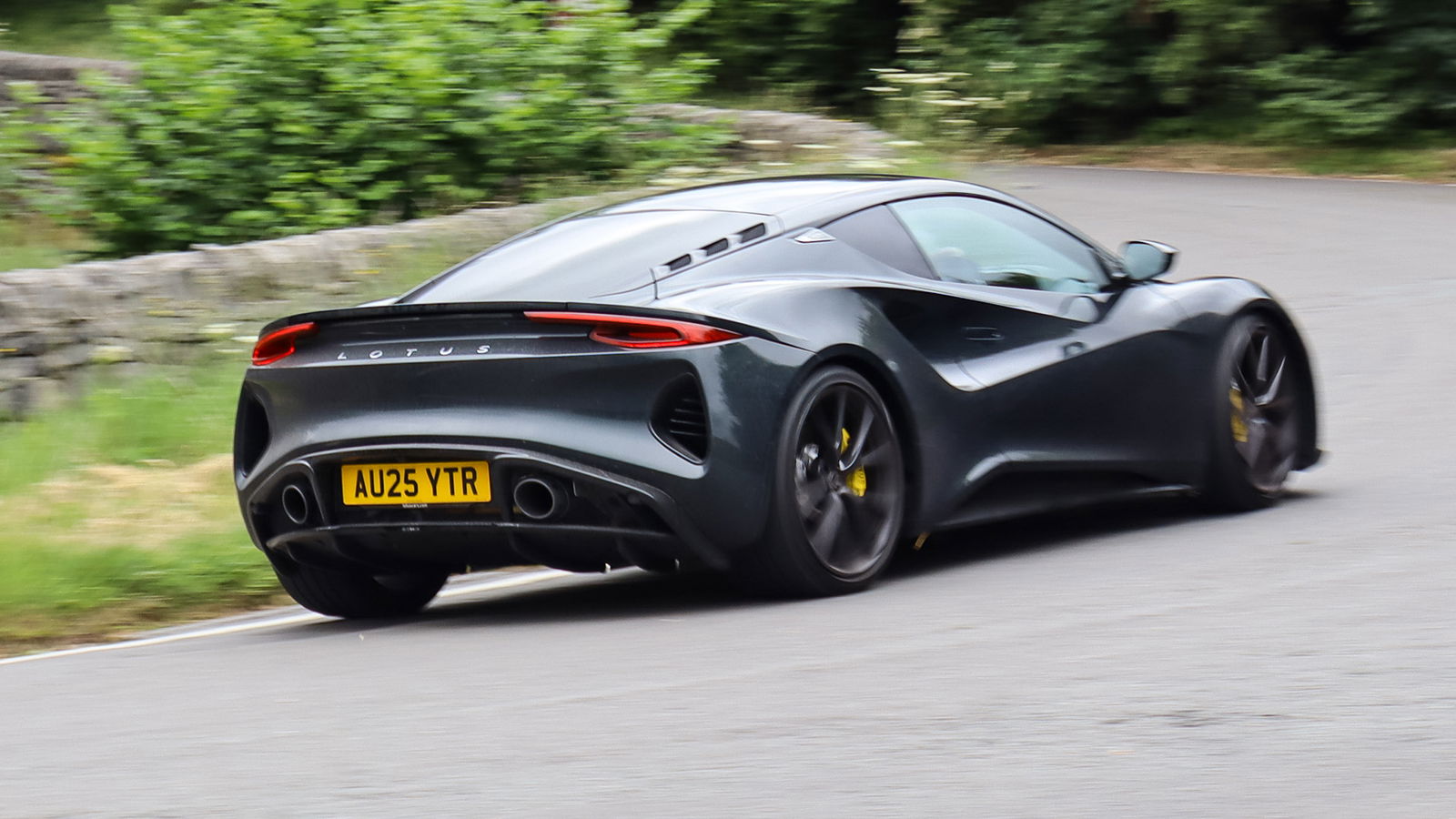
The steering has real meatiness and an odd, overassisted glassiness to it at low speeds, but the tradeoff for that is that once you’re out onto proper roads, it’s wonderful. It’s gorgeously weighted, sitting in that sweet middle ground between light and flighty and heavy and lumpen, and chatters constantly with feedback. A little too much, occasionally – at a motorway cruise, you’ll find yourself wishing it’d just settle down and stop wriggling in your hands, but out in the countryside, the feedback is most welcome.
The chassis is massively capable, if not exactly as playful as you might want out of a sports car. It has a sharp, keen front end that responds well to inputs from that lovely steering, and there’s that nice mid-engined feeling of the car rotating about a centrepoint.
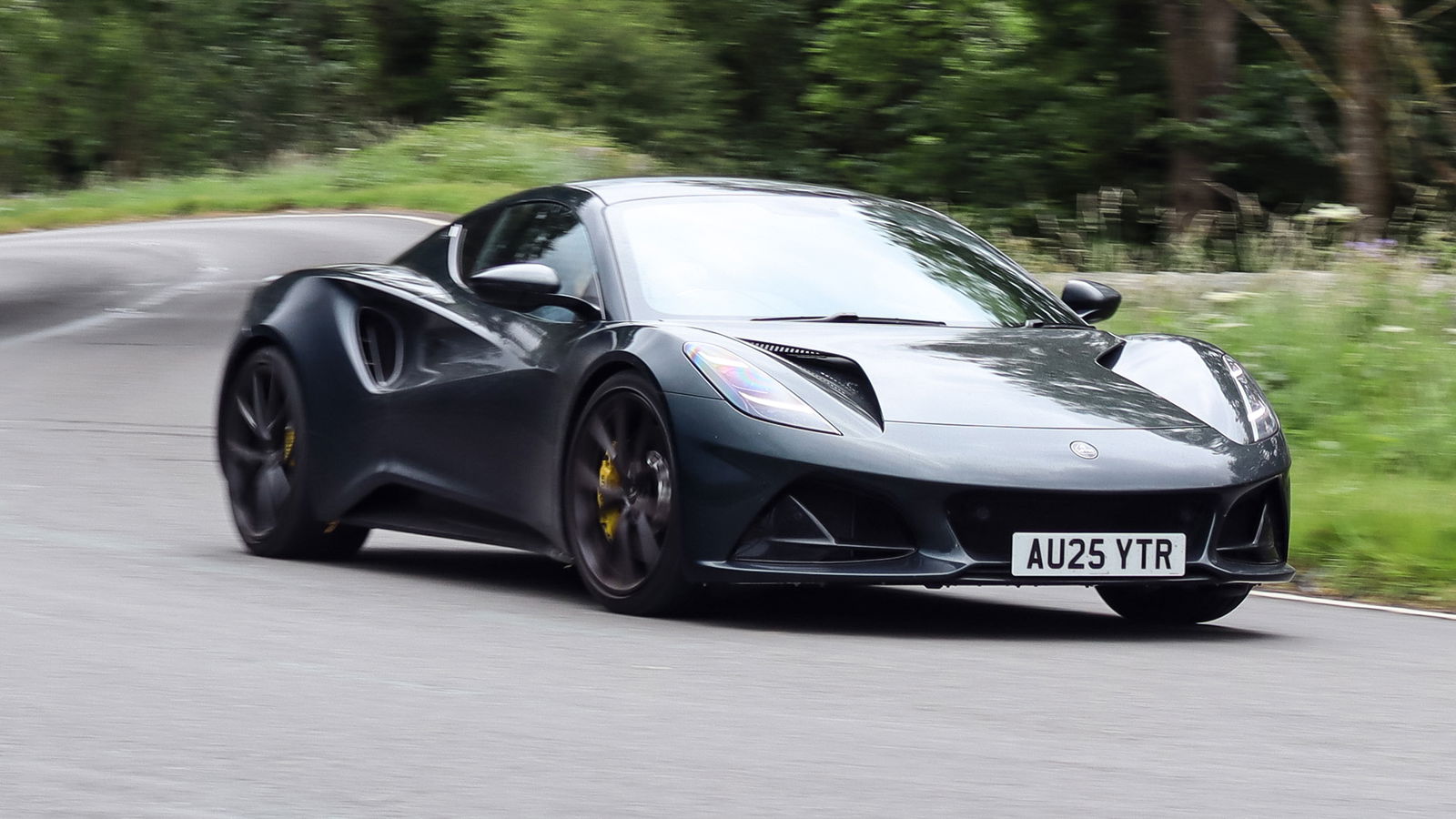
It feels precise and grippy, and unwilling to break traction unless you pop it in Sport or Race mode to dial back the ESP and really provoke it. Those uprated brakes help too – they offer up plenty of stopping power beneath a firm, nicely weighted pedal, and didn’t show many signs of fade after a day’s hard road driving.
Among its two big rivals – the Alpine A110 and Porsche 718 Cayman – the Emira loses out a little in pure playfulness, but feels the most adept at covering ground quickly and effectively. Odd considering the respective histories of each brand, but no bad thing. It’s just a shame the powertrain doesn’t have the response or viscerality to match the capable chassis.
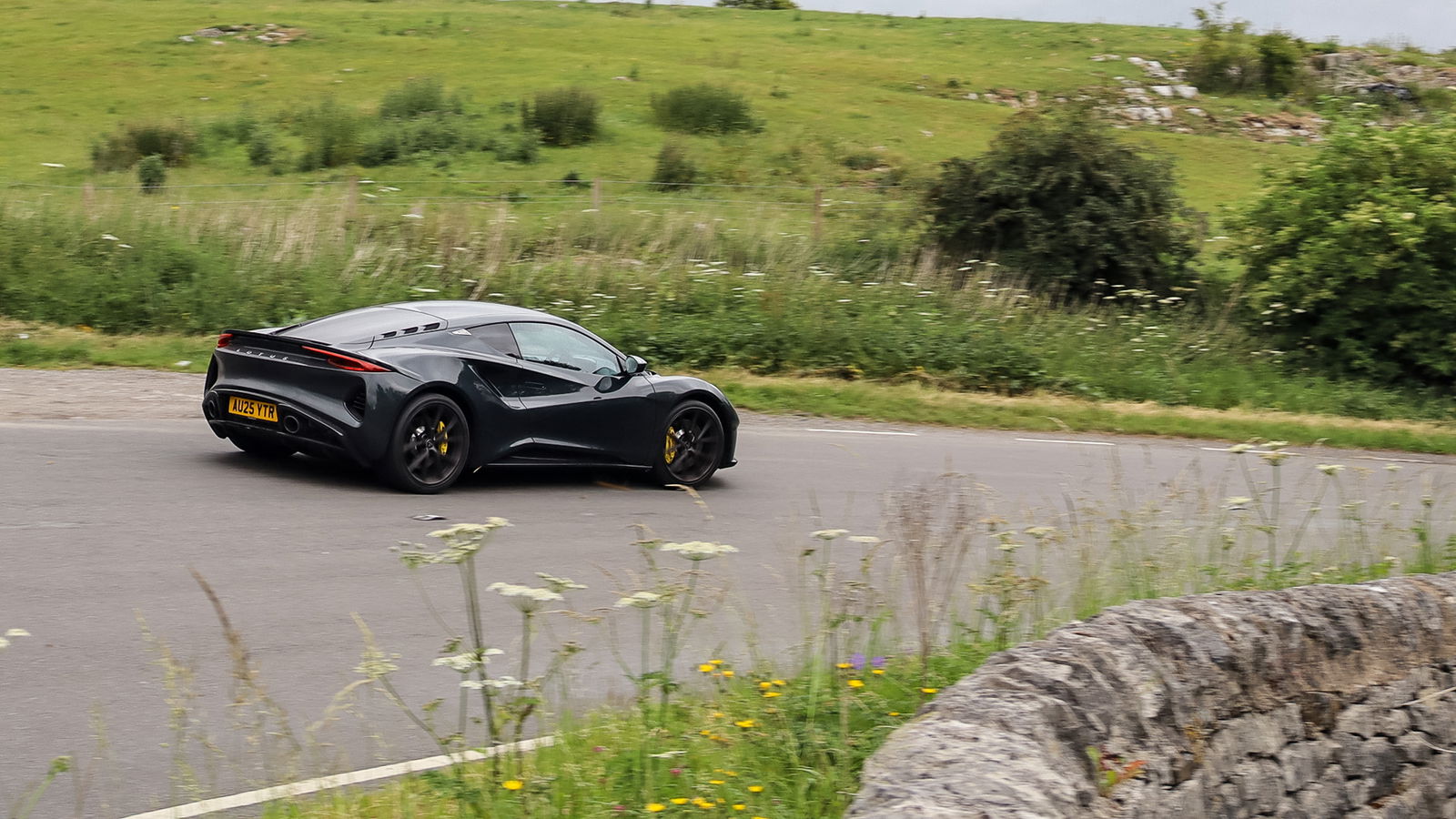
Designed to be the most usable Lotus sports car in a long time, the interior has come on lengths from the days of the Elise and Evora. It’s massively roomy for its two occupants, and the view out through the low scuttle and short bonnet is excellent. If you’re in it for a long time, though, the seats can leave you a bit stiff, and the constant huffing and chuffing behind your head will really start to grate.
Next to the ageing Porsche and budget-conscious Alpine, all the fixtures and fittings feel solid and modern. It’s largely sensibly laid out, too, although the touchpad buttons on the wheel are a bit of an ergonomic fail, and our car would intermittently drop its Bluetooth connection and require a full off/on cycle to reset. The boot is a passable 151 litres, and while there’s no frunk, there’s a generous luggage shelf behind the seats for extra stuff.
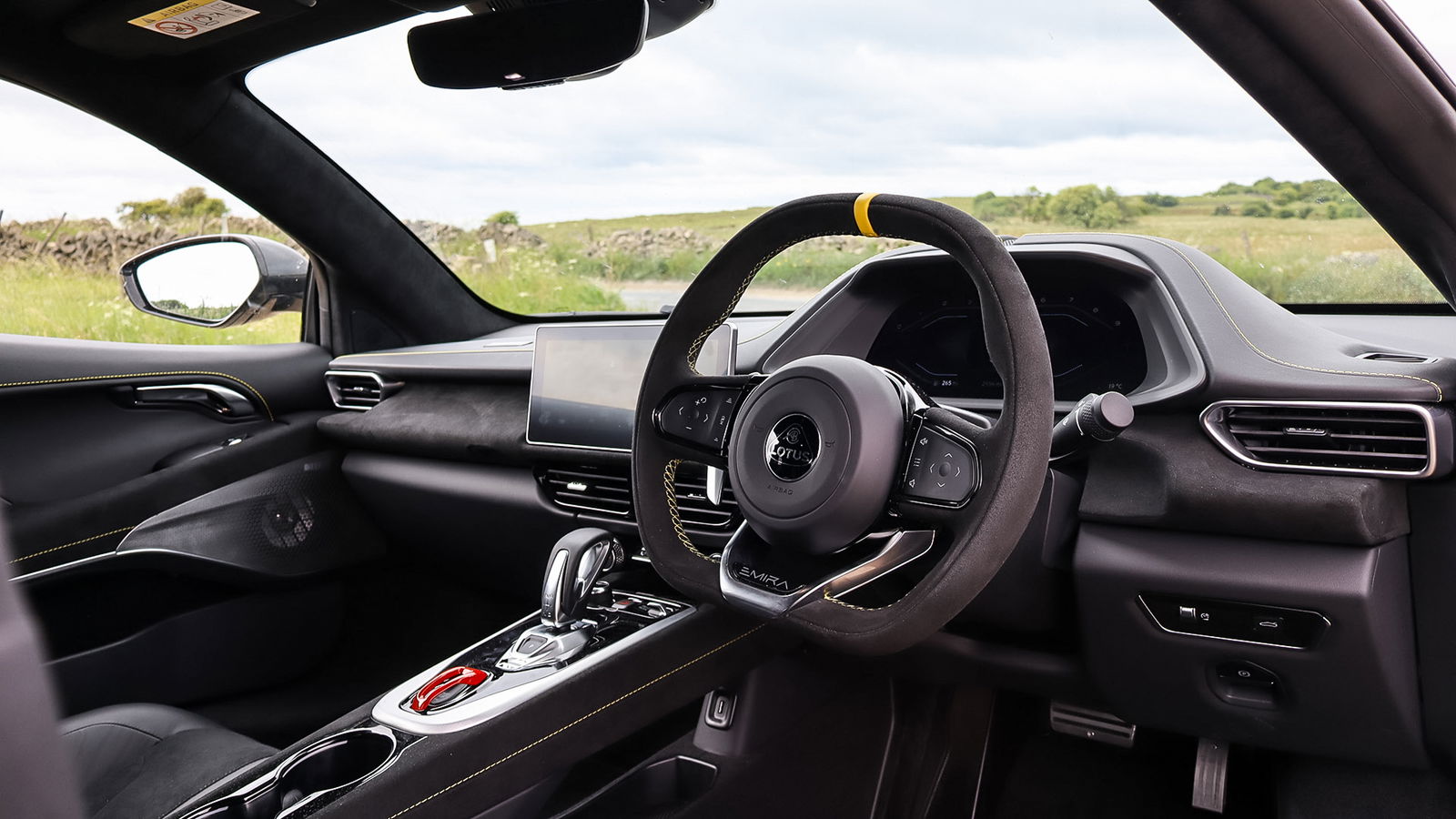
Oh, and one more thing – hope you like attention. Even in the subdued dark green of our test car, I’ve never had so many thumbs up and comments in a press car, not even a bright orange Aston Vantage. This can be explained by the chap behind the counter at a petrol station who asked me what sort of Ferrari it was – while its chief rivals are clearly sports cars, people think the Emira is a bona fide supercar.
With the sonorous, throaty V6 behind your head, it can genuinely feel like one, too, but with this underwhelming four-pot? Not so much. It’s a real shame the engine sours the experience, but unless you absolutely must have the fastest Emira possible, it’s a very tricky thing to recommend over the V6.
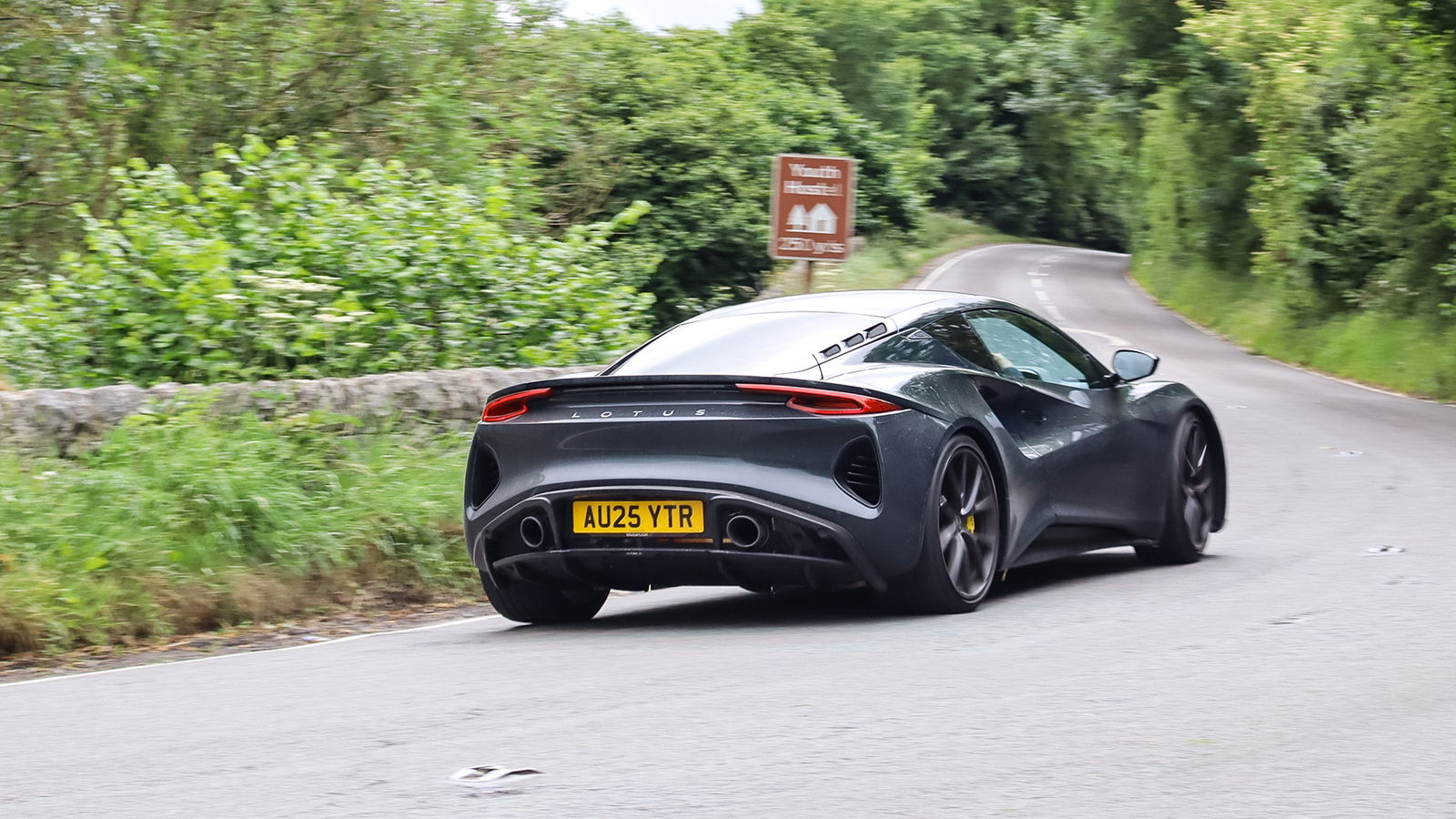
Among its rivals, things get trickier still for the Turbo SE. Pricing kicks off at £89,500, while the Porsche 718 Cayman GTS 4.0, complete with its glorious flat-six and optional manual ’box, starts at £75,300. Meanwhile, perhaps the best version of the A110, the more powerful and luxurious GTS, costs from £69,890. The Alpine may be 100-ish horsepower down on the Lotus, but it’s ultimately a more rewarding thing to drive and has a sweeter-sounding, more responsive four-pot.
There is the caveat that both the A110 and 718 are set to die in the next 12 months while the Emira should stick around for some time, but until then, the Turbo SE is in an unfortunate position. In purely objective measures, it’s very good, but like we said, objectivity isn’t why people buy this sort of car. Whether you’re after an Emira specifically or a mid-engined sports car generally, there are options that do the heart-over-head stuff better.
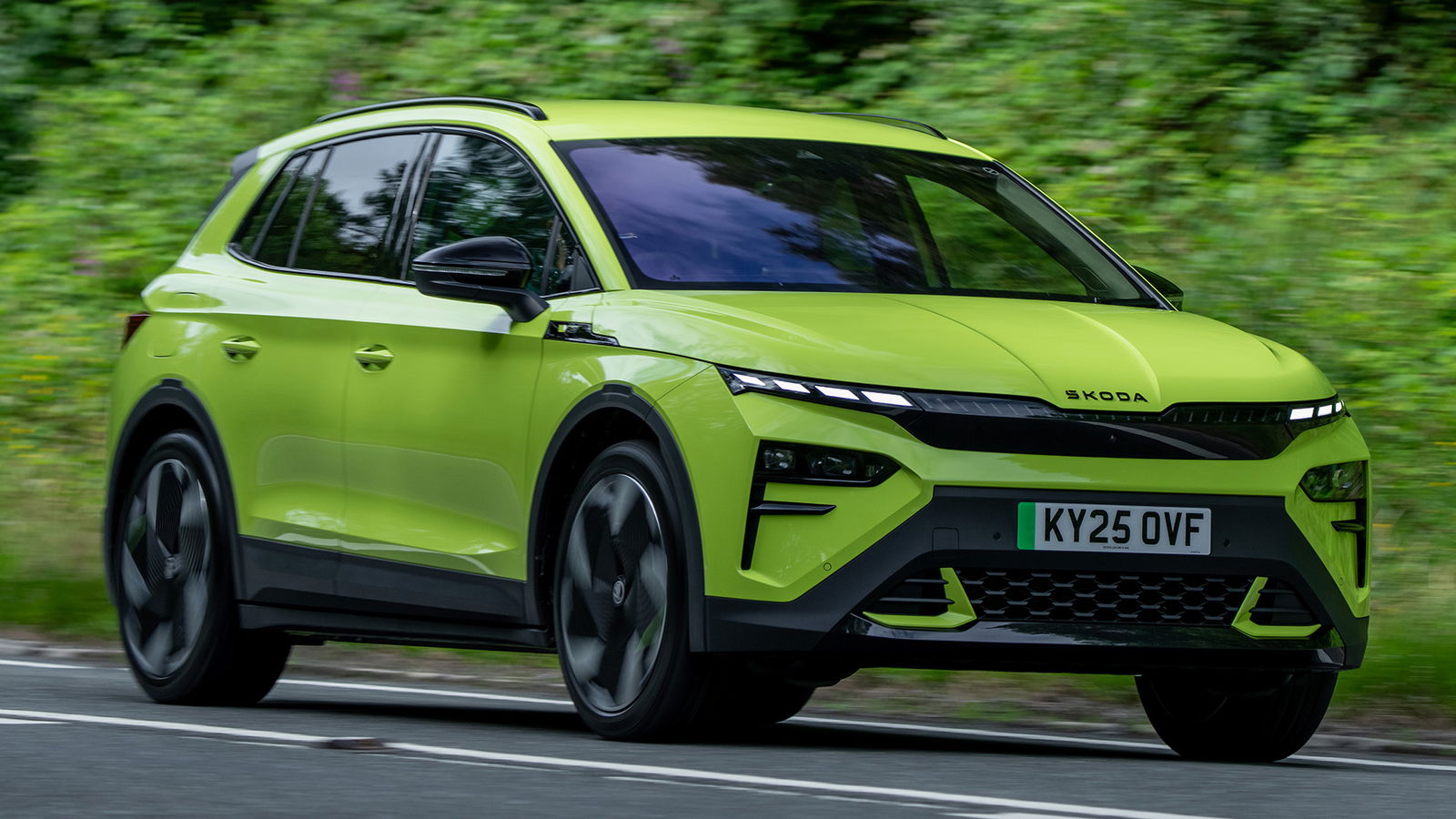
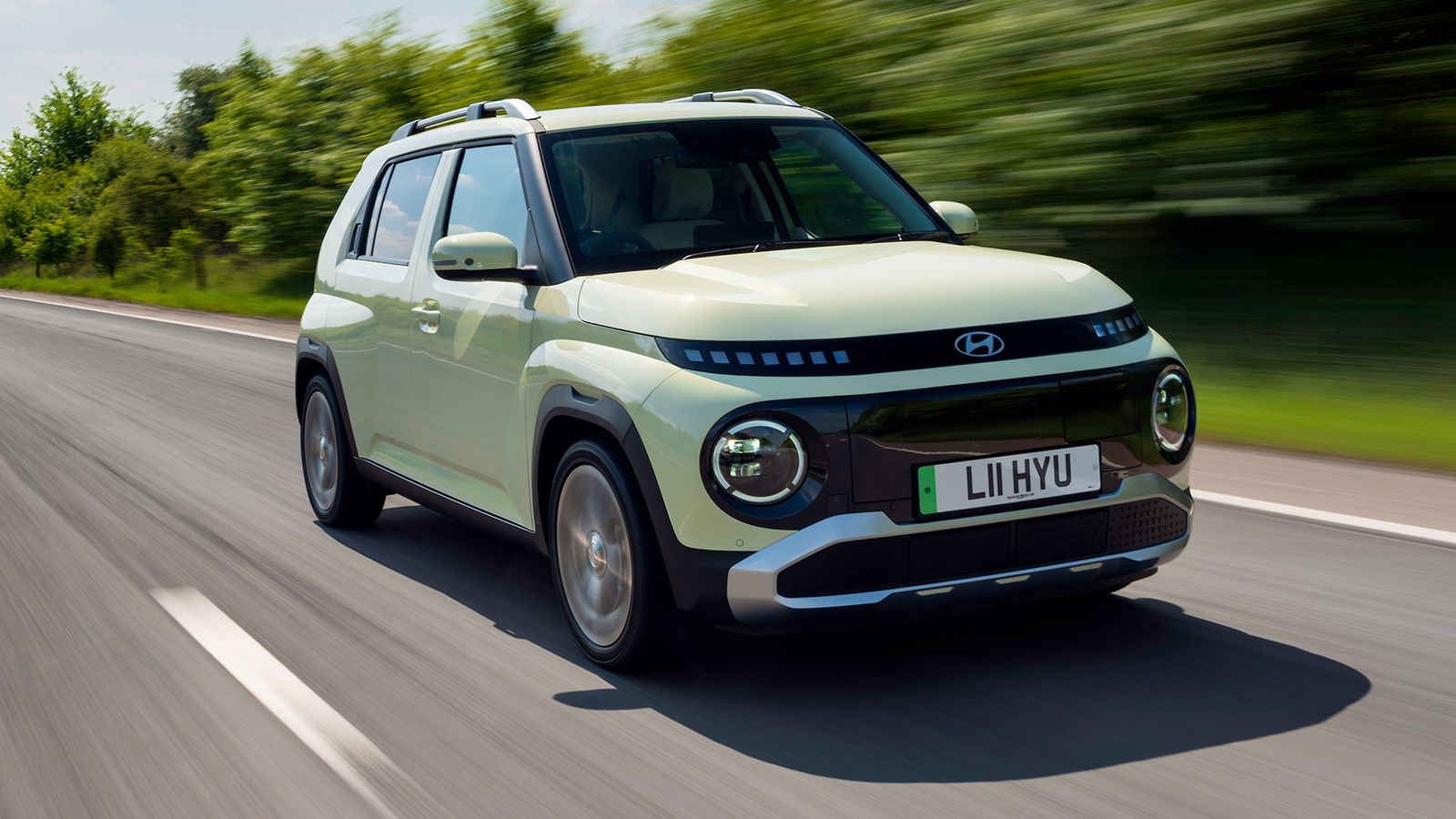

Comments